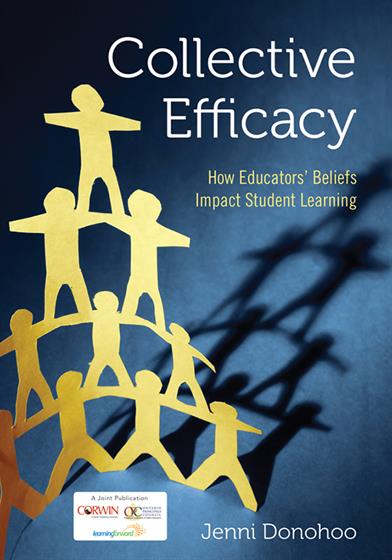Hands-on, Practical Guidance for Educators
From math,
literacy, science, equity, multilingual learners, and SEL, to assessment, school counseling,
and education leadership, our books are research-based and authored by experts
on topics most relevant to what educators are facing today.

Collective Efficacy
A Joint Publication with Learning Forward and Ontario Principals’ Council
If educators’ realities are filtered through beliefs that little can be done to influence student achievement, then these beliefs will manifest into practice. The solution? Collective efficacy.
- Grade Level: PreK-12
- ISBN: 9781506356495
- Published By: Corwin
- Year: 2016
- Page Count: 152
- Publication date: October 21, 2016
Review Copies
Review copies may be requested by individuals planning to purchase 10 or more copies for a team or considering a book for adoption in a higher ed course. Request review copy
Other Titles in: Designing & Evaluating Staff Development | Teacher Leadership | Collaboration & Team Building


